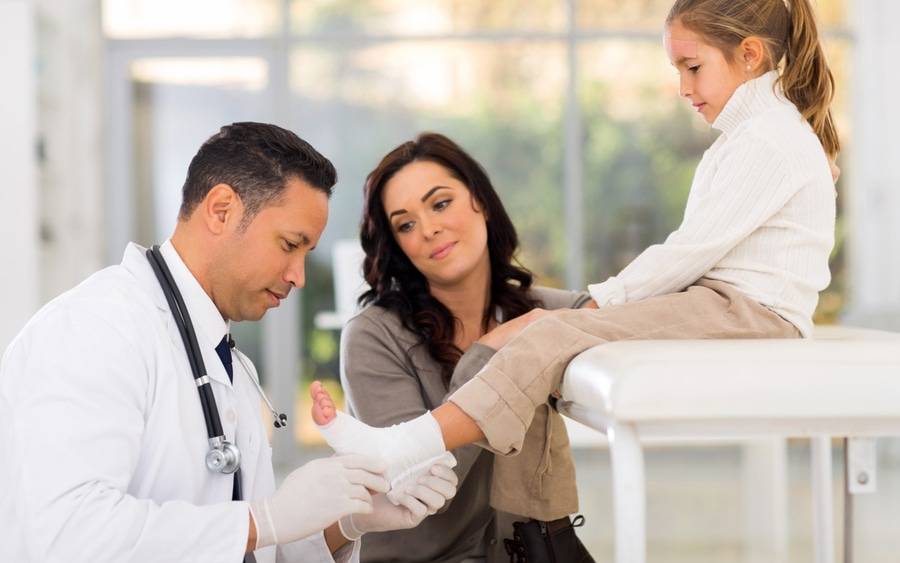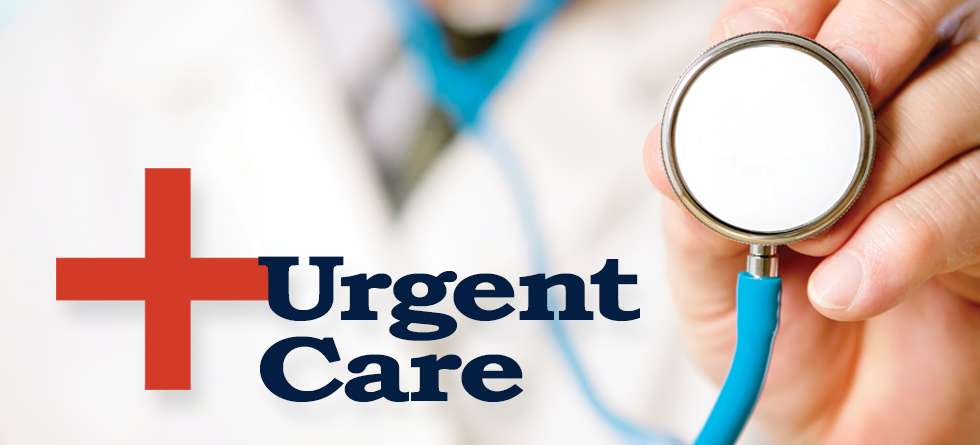Contrasting Urgent Care Clinics: What Sets Our Clinic Apart
Contrasting Urgent Care Clinics: What Sets Our Clinic Apart
Blog Article
How Urgent Care Clinics Enhance Access to Medical Care for Sufferers With Immediate however Non-Emergent Medical Requirements
Urgent care facilities have become a critical element in the medical care landscape, resolving the requirements of patients that need immediate attention for non-emergent problems. By running beyond typical workplace hours and providing a streamlined strategy to small injuries and diseases, these facilities not just decrease the burden on emergency situation departments but additionally improve overall individual access to prompt care. As we consider the ramifications of this model, it comes to be important to analyze just how immediate care centers are transforming individual experiences and outcomes in manner ins which merit more exploration.
Duty of Urgent Care Clinics
Immediate care centers play an essential duty in the healthcare system by supplying available and prompt medical solutions for non-life-threatening conditions. These centers function as a necessary bridge between main treatment suppliers and emergency divisions, efficiently alleviating the problem on medical facilities while making certain clients get prompt care. By operating expanded hours, consisting of weekend breaks and nights, urgent treatment facilities deal with individuals who may not have the adaptability to go to a typical doctor's workplace throughout conventional business hours.
The range of services offered at urgent treatment facilities includes therapy for small injuries, illnesses, and diagnostic solutions such as X-rays and research laboratory tests. This breadth of treatment allows individuals to address a range of health issues without the lengthy wait times normally associated with emergency clinic. In addition, immediate treatment facilities often employ a diverse team of health care experts, including physicians, nurse specialists, and physician assistants, that are outfitted to take care of various clinical scenarios.
Benefits of Immediate Accessibility

Additionally, instant gain access to minimizes the worry on health care suppliers and emergency situation divisions by drawing away less vital situations to proper setups. This alleviates overcrowding in emergency spaces, permitting those with real emergency situations to receive the urgent treatment they require without unnecessary delays.
Additionally, the benefit of prolonged hours and walk-in accessibility implies that individuals can seek care without the demand for consultations, which is specifically advantageous for individuals with unforeseeable timetables or those that may experience abrupt health concerns. - Urgent Care
The accessibility of immediate treatment clinics promotes an aggressive approach to health and wellness, motivating clients to seek clinical guidance and treatment sooner as opposed to later. This not only improves individual contentment however also advertises a society of precautionary treatment, eventually causing healthier communities.
Contrast With Emergency Spaces
Frequently, patients discover themselves unclear whether to see an urgent treatment facility or an emergency space when confronted with a medical problem. Urgent Care. Comprehending the distinctions between these two healthcare alternatives is vital for making informed choices. Immediate care facilities are created to address immediate yet non-emergent medical issues, such as small injuries, infections, or diseases. They normally run with prolonged hours, consisting of weekends and nights, offering timely accessibility for people who may not need the detailed services of a medical facility.
In contrast, emergency clinic are furnished to deal with dangerous circumstances and serious clinical emergencies, such as heart assaults, strokes, or significant injury. These facilities use innovative analysis devices and professional assessments, which can lead to much longer wait times for clients with less critical issues. Usually, emergency clinic often tend to be a lot more pricey than urgent treatment centers, click resources making urgent care a much more economical alternative for non-emergent requirements.
Inevitably, while both urgent care facilities and emergency areas play crucial roles in the health care system, understanding their respective features allows people to pick the appropriate setting based on the necessity and nature of their medical concerns.
Services Used by Urgent Treatment
Urgent treatment clinics give a wide range of solutions tailored to address non-emergent clinical requirements, making them a practical choice for people looking for timely focus. These centers are outfitted to manage different problems, consisting of small cracks, sprains, and lacerations, which need prompt treatment yet do not demand emergency clinic treatment.
In addition, urgent treatment centers offer analysis services such as X-rays and lab tests, permitting quicker analysis and therapy of ailments. Patients usually existing with usual disorders like colds, flu, and infections, which can be efficiently handled on-site. Moreover, urgent care facilities often offer precautionary solutions, including vaccinations and wellness testings, adding to total public health.
Another crucial service offered is the monitoring of persistent conditions worsened by intense symptoms, such as bronchial asthma or diabetic issues, ensuring individuals receive timely treatment without frustrating emergency situation services. Many centers also prolong their hours beyond traditional office timetables, improving access for people that might call for treatment throughout evenings or weekends.
Improving Person Results

Immediate treatment facilities are equipped to handle a series of non-emergent medical issues, consisting of minor injuries, infections, and diseases. Their concentrate on available, top notch care allows patients to obtain Check Out Your URL preventative solutions and suitable therapies, fostering much better wellness monitoring. These facilities typically employ a multidisciplinary technique, incorporating numerous medical care specialists to make certain extensive care.
Client education click site is additionally a crucial component of boosting results. Urgent treatment companies frequently provide support on follow-up care, safety nets, and lifestyle alterations, encouraging patients to take an active role in their health. As a result, the mix of instant access, professional treatment, and patient education and learning not only improves complete satisfaction however also causes improved lasting health and wellness end results, strengthening the value of immediate treatment clinics in the healthcare continuum.
Final Thought
In summary, urgent care facilities offer an important role in enhancing health care access for patients with prompt, non-emergent clinical demands. Eventually, immediate treatment facilities are crucial in bridging the space between main care and emergency services, making sure easily accessible and efficient health care for communities.
On average, emergency situation areas tend to be much more expensive than urgent care centers, making urgent treatment a much more economical choice for non-emergent requirements. (Urgent Care)

Eventually, immediate care centers are essential in connecting the void between main treatment and emergency solutions, ensuring effective and accessible healthcare for neighborhoods.
Report this page